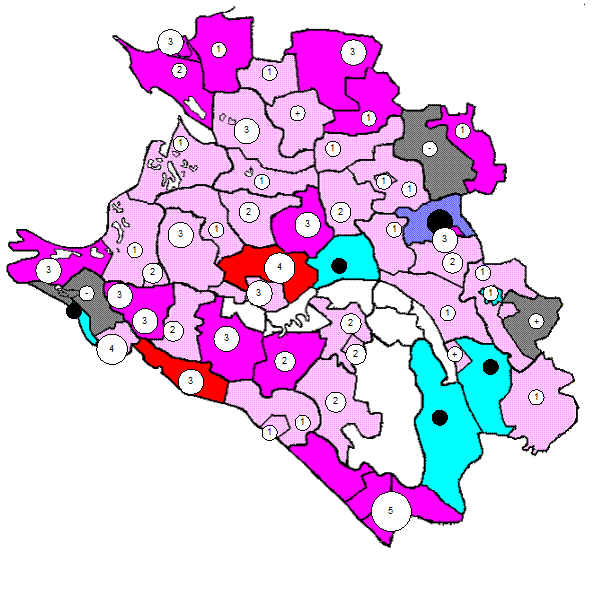FINDING THE RIGHT INTERNATIONAL MIX
In these days of increasing global integration, the task many international marketers face is not so much market entry as managing the marketing mix in different national markets. Is it better to standardize or to adapt it across different markets? Consumer tastes in cars are very different in North America, the UK, Germany, Italy, Japan and India. A 'global' car that does not have country-specific differentiating features will fail. The manufacturer, therefore, has to find the balance between designing a separate car for each market – which would be exorbitantly costly – and designing one car for all markets. Nissan was a pioneer in this area. It reduced the number of different chassis designs from 40 to 8 for cars meant for 75 different national markets. Some companies, however, do develop the same product for all markets regardless of existing local preferences. Companies such as Kellogg have succeeded in changing consumption patterns. Breakfast cereal was unknown in France 20 years ago. Today it is common. Kellogg ignored the research that said cereal would not sell in France. In contrast, Coca-Cola changes the flavour of its soft drink to conform to local tastes. Coke in the US tastes different from Coke in the UK, which in turn tastes different from Coke in India. Thus there is a spectrum of new product development strategies. Firms sometimes customize a product to every market; at other times they offer one standardised product everywhere; and sometimes they compromise and settle in the middle. New product development that co-ordinates efforts across national markets leads to better products and services. Such opportunities are not normally available to a company that operates only in one country or is only just entering a new country. The advent of the Internet and Intranets has the potential to accelerate the process of mining all markets for relevant information and for features that can be included in new products. Unilever has four global research laboratories that develop products for their different national markets while providing inputs for global products. The laboratories co-ordinate their efforts by looking at the possibilities of melding product ideas arising from different countries. Motorola's software development establishments coordinate their efforts in working on different modules of the same project. Companies also develop products in different countries in markedly different ways. Japanese companies, for example, tend to believe much more in getting new products to market and J then gauging the reaction to them. The product itself may have been developed with reference to observations of present and potential customers rather than conventional market research. US companies, on the other hand, tend to use more formal market research methods. And for German companies, product development schedules tend to be more important. Clearly, companies decide on different launch strategies for different categories of products. Toshiba launched the Digital Video Disk (DVD) in Japan in November 1996, in the US in March 1997 and in Europe in autumn 1997. However, Intel launches its latest PC chips practically simultaneously in all countries. The launch decision also includes marketing mix decisions. When Citibank introduced its credit card in the Asia-Pacific region, it launched it sequentially and tailored the product features for each country while maintaining its premium positioning. The promotional, pricing and distribution strategies also differed from country to country. As a contrast, consider Rolex. The genuine Rolex watch is the same certified chronometer anywhere in the world; its positioning – as the timepiece for the elegant high achiever – is the same around the world, as is the advertising message. One will always find a Rolex in an upmarket distribution outlet and at a premium price. Or consider Unilever's Lifebuoy soap, which has different ingredients in India compared to East Africa. However, Unilever positions the soap in the same way in both markets – as an inexpensive everyday soap that has antibacterial properties and protects health. From the Financial Times
|




